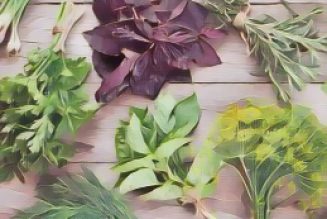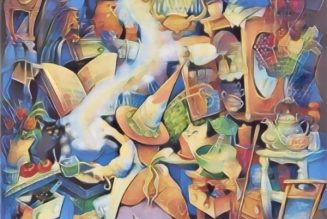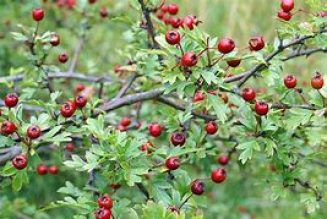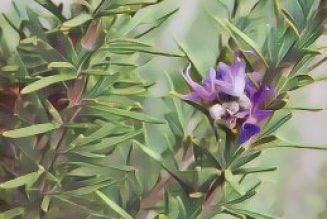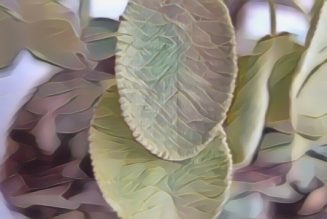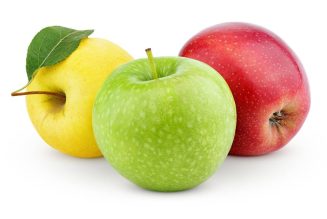This ancient Celtic festival lives on in the United States and in other countries as Halloween, a degraded version of both the earlier Pagan holiday as well as the later Christian variant—All Hallow’s Eve. The word “eve” in the Christian name reminds us that this festival begins the night before its calendar date. Samhain marks the close of the year. Skies may still be blue, but the wind is chilly and crisp. Apples are ripening. Red, yellow, orange, gold, and brown leaves skip across the ground. Nuts fall. The earth prepares for winter. On this night, the souls of the dead were thought to walk the earth. All manner of fantastic customs and rituals were carried out on Samhain. One of these has continued to the present day. Many people leave a plate of food outside the home to provide nourishment to the souls of the dead. Samhain foods include root crops such as potatoes, beets, turnips, and carrots. Grain, nuts, mulled wines, and ciders are also appropriate to Samhain. In the United States, the pumpkin is the one food most frequently associated with this holiday. This vegetable, a squash, is usually served in the form of pumpkin pie. Many cookbooks also have recipes for pumpkin custard, pumpkin soup, and other dishes. Roasted pumpkin seeds are perfect Samhain fare. Pomegranate seeds are linked with Samhain due to their connection with the underworld in classical mythology. They can be eaten raw or used in a variety of recipes. Apple dishes of all kinds—cakes, pies, salads—are also consumed with relish on the night of Samhain.
The Kitchen Witch at Samhain
854 views




















